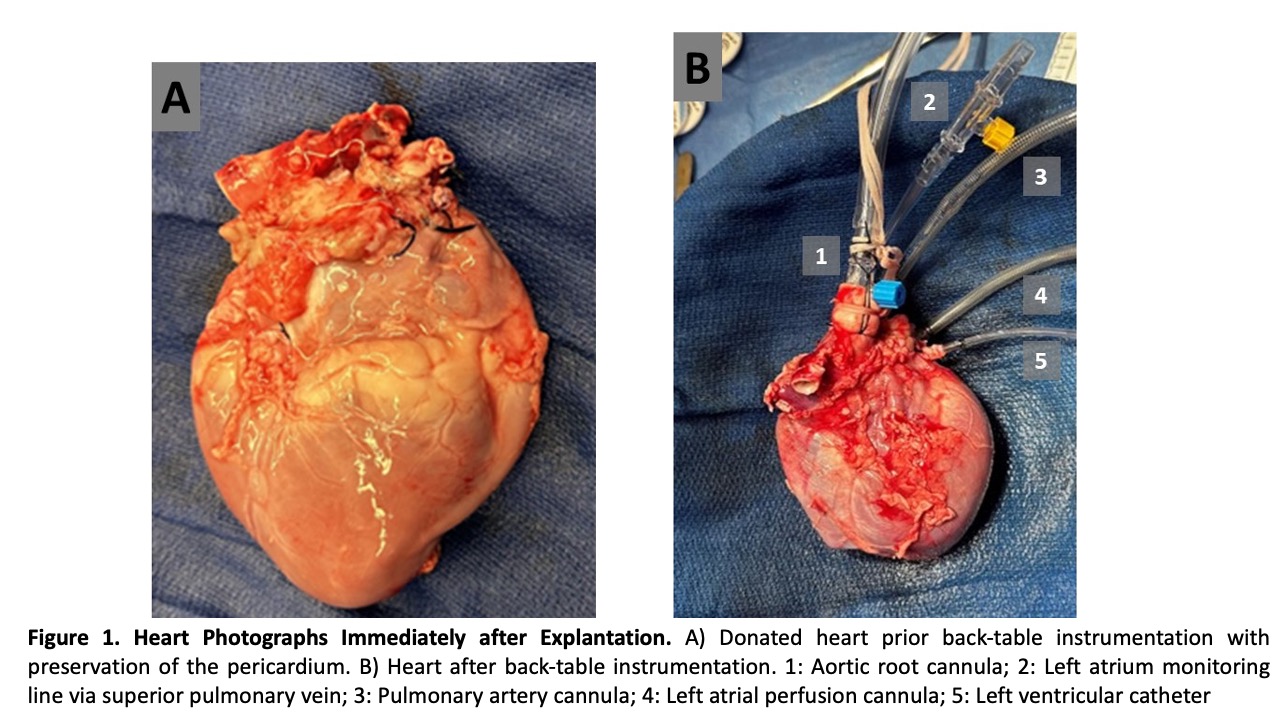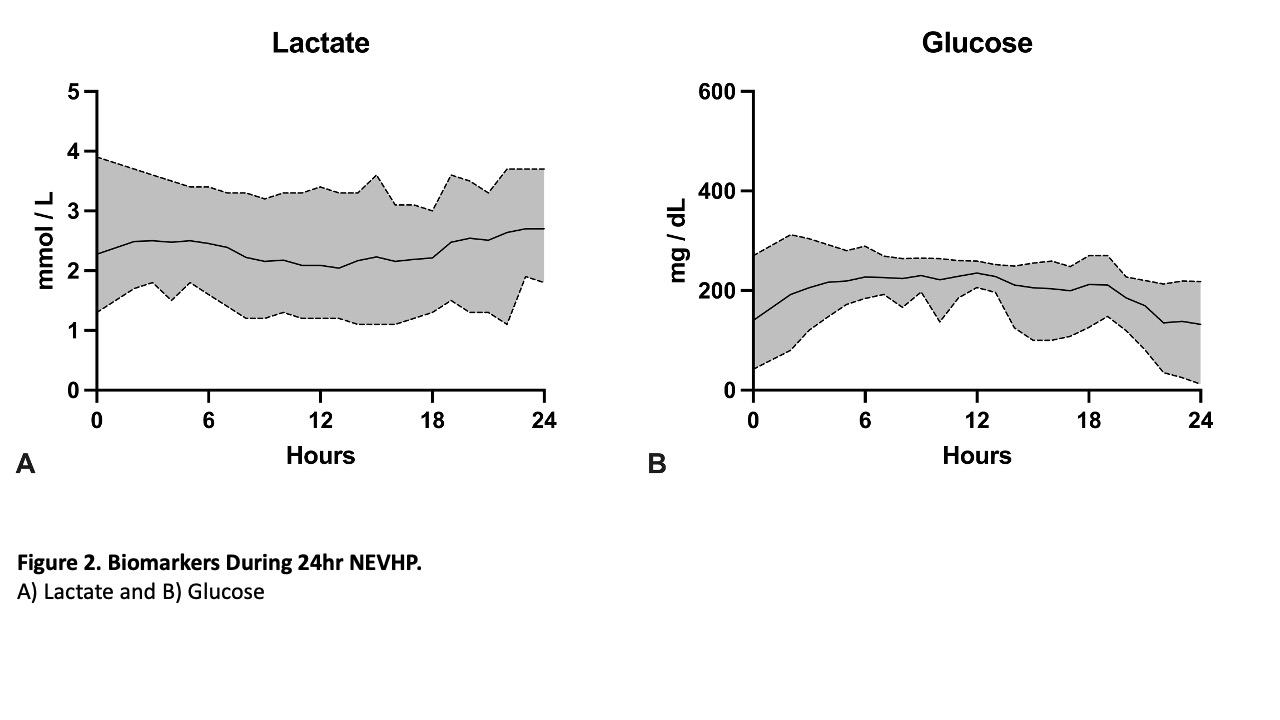Daniel H. Drake, United States
Research Assistant Professor
Cardiac Surgery
University of Michigan Medical School
Evaluating cardiac viability before transplantation: 24-hour normothermic ex vivo heart perfusion of the left atrium
Brianna Spencer1, Spencer Wilhelm1, Kristopher Urrea1, Sebastian Sewera1, Vikramjit Chakrabortty1, Jamie Ho1, Tahmina Sultana1, Daniel Mazur1, Robert H Bartlett1, Alvaro Rojas Pena1,2, Daniel D Drake1,3.
1Surgery, Extracorporeal Life Support Laboratory, University of Michigan, Ann Arbor, MI, United States; 2Surgery, Section of Transplantation, University of Michigan, Ann arbor, MI, United States; 3Cardiac Surgery, University of Michigan, Ann Arbor, MI, United States
Introduction: Cold static storage (5ºC) or normothermic (37ºC) ex vivo heart perfusion (NEVHP) in the beating but resting mode (Langendorff) successfully preserve hearts for transplantation for up to 6 hours. Previous attempts to prolong the preservation period have increased morbidity and mortality following transplantation. In addition, the 6-hour limit imposes geographic restrictions for recipients, prevents optimal organ assessment, and reduces the number of hearts available for transplantation. Our group successfully maintained 10 consecutive piglet hearts (60±8.8 g) for 24 hours using NEVHP with hemofiltration in the beating, resting-heart mode. Although this prolonged NEVHP model was successful, cardiac function could not be comprehensively assessed in the beating, resting-heart mode. Therefore, this work aimed to expand our prolonged NEVHP model to include intermittent left atrial (LA) perfusion that would allow cardiac assessment in the working-heart mode.
Methods: Following anesthetic induction, sternotomy, cardioplegia administration, explantation, and back-table instrumentation,

NEVHP was initiated in beating, resting mode in 9 hearts. After 1 hour the circuit was transitioned to LA perfusion working-heart mode for 30 minutes, baseline working-heart parameters were documented and perfusion was returned to beating, resting-heart mode. Intermittent LA perfusion with working-heart assessment was performed every 4-6 hours. Final working-heart measurements were obtained at 24 hours. After 24 hours NEVHP one orthotopic heart transplant was planned in a healthy recipient.
Results: 24-hour NEVHP on 9 consecutive hearts (280±42.1 g) was successful and all hearts maintained working-heart parameters without difference compared to baseline. Mean perfusion pressures were: LA= 5.6±2.6 mmHg; Left ventricle (LV)= 18.0±6.3 mmHg; and aortic root= 27.4±8.5 mmHg. Coronary flow was maintained at 0.59±0.1 mL/min/g with a coronary vascular resistance of 169.6±58.2 mmHg/mL/min. Oxygen consumption was 0.91±0.5 mL/min/g with an oxygen extraction ratio of 12.3%±5.7%. Lactate levels were 2.3±0.7 mmol/L.

The transplanted heart recipient was weaned off cardiopulmonary bypass for one hour.
Conclusions: This work demonstrates the successful development and validation of prolonged (24-hour) NEVHP in a porcine model with the assessment of cardiac function in the working-heart mode using intermittent LA perfusion. Intermittent LA perfusion is an important step toward a comprehensive ex-vivo assessment of donor heart function. In addition, successful orthotopic heart transplantation after 24 hours in a heart with stable LA perfusion parameters corroborates our methods. This is an essential step toward clinical usage of prolonged NEVHP and real-time heart assessment for future heart transplantation.
Maxine and Stuart Frankel Foundation. Frankel Innovation Initiative - University of Michigan.
Lectures by Daniel H. Drake
| When | Session | Talk Title | Room |
|---|---|---|---|
|
Fri-20 10:00 - 11:00 |
Donor reporting | Twenty-Four-Hour Normothermic Ex Vivo Heart Perfusion with Low Flow Functional Assessment in an Adult Porcine Model. | Banyan ABCD |
